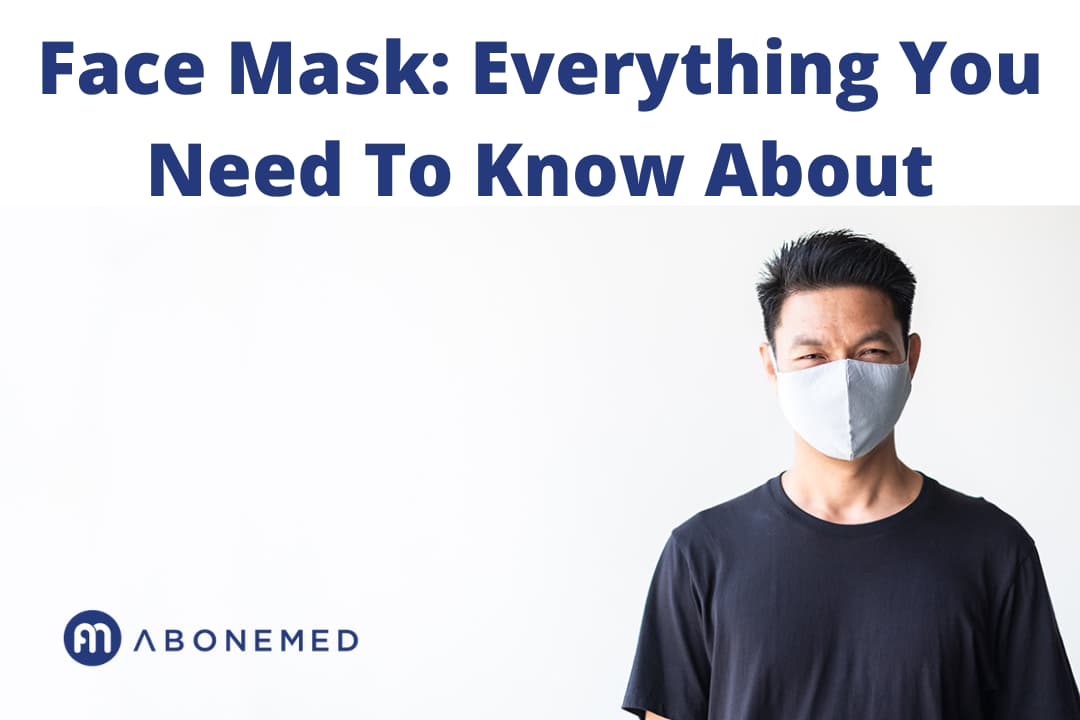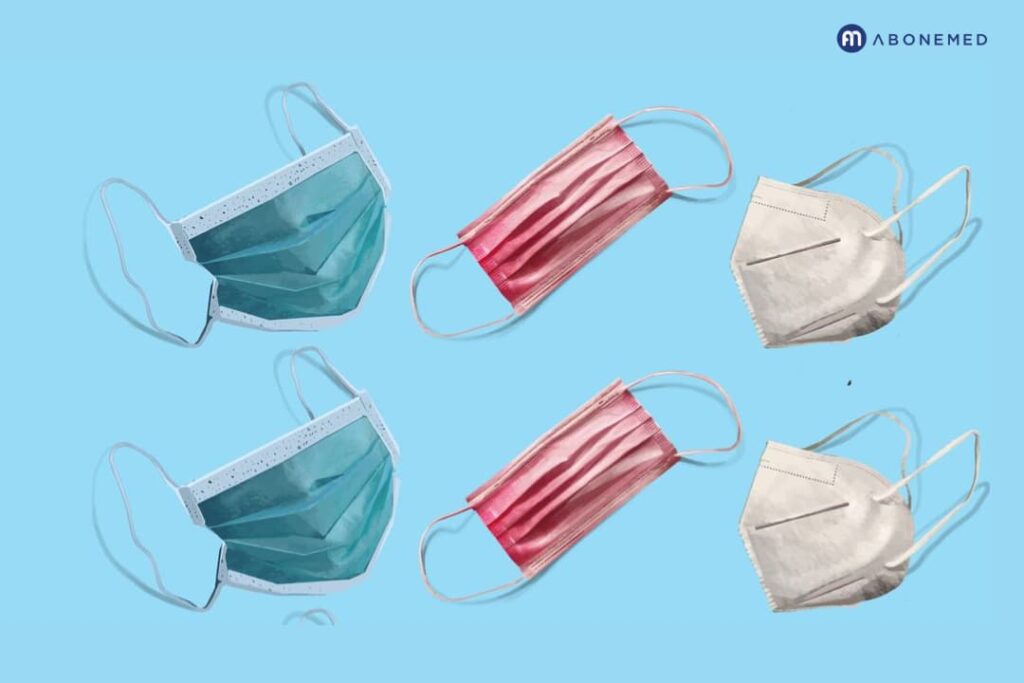Face Mask: Everything You Need To Know About

Wearing a face mask is one of the most important ways we can help prevent the spread of COVID-19. While social distancing and frequent hand washing are both important, they may not be enough to protect you from the virus. So, how do masks keep you safe? And which type of mask should you use? Keep reading for answers to these questions and more!
How do face masks help prevent the spread of COVID-19?

Face masks can help prevent the spread of COVID-19.
The virus is spread through direct contact with bodily fluids, including blood and sweat. Face masks are disposable and protect you from coming into contact with these fluids on your face. By wearing one, you’ll be able to avoid spreading the virus to others by accidentally sneezing or touching someone’s hand after touching your nose or mouth.
How face masks work
Face masks are designed to cover the mouth and nose so that germs and bacteria cannot enter the body through these areas. This can help prevent the spread of diseases like COVID-19, but it’s also important to note that face masks do not protect against viruses, fungus, or other airborne particles that may be harmful. While they’re not a substitute for proper hand washing techniques, they should still be worn whenever possible by anyone who wants to keep their risk of infection as low as possible.
Who should wear face masks?
Face masks are probably not the first thing that comes to mind when you think about how to protect yourself from the flu, but they can play an important role in your prevention strategy.
In general, anyone who has been exposed to someone with influenza (the virus that causes a cold or the flu) should wear a face mask. This includes:
- Everyone who has been exposed.
- People who are at high risk of being exposed to and contracting influenza themselves (such as caregivers and health care workers).
- People who live with someone who has been exposed.
- Anyone who has been exposed and is showing symptoms of illness (e.g., feverishness).
What type of mask is best?

When it comes to masks, there are tons of different styles and types. Which one is the best? That depends on what you want out of your mask.
You can choose from paper, fabric, or disposable masks. Paper masks are great for short-term use—for example when you’re at home or in an area with good ventilation. They’re also not as expensive as fabric ones. Fabric masks tend to be more comfortable and they’re better suited for long-term use like exercising outside or going hiking in polluted areas where you might need more protection than a paper mask could offer. Disposable face covers are another popular option since they’re usually inexpensive and easy to carry around with you wherever you go (just make sure they’re labeled “effective against all N95 particles”).
The right thing depends on how often you’ll be using it and how long each session will last—but there’s one more factor that matters more than anything else: comfort! If your mask isn’t comfortable enough then no matter how well it fits into place, chances are that after only a few minutes of wearing it, its effectiveness will significantly be compromised due to discomfort from either being too tight or too loose around certain areas of your face such as your nose bridge which would mean having less airflow coming through so, therefore, making breathing harder which would cause increased sweating thus causing even more discomfort than before because now not only do we have difficulty breathing but we also have sweat dripping down our faces from above onto our eyes making them sting like crazy! You don’t want this happening do ya?!
Tips for wearing and caring for your mask
- Wear your mask when you’re in public. When you’re at home, it’s okay to take it off if you want—but not when you’re out and about.
- Don’t wear a mask in bed or while showering or swimming. You don’t want to get the mask wet; this can cause mold growth and other unpleasant consequences that could make wearing the mask uncomfortable or even dangerous later on.
- Wash your face regularly with warm water and soap (or use baby shampoo). This helps keep allergens at bay and prevent the buildup of bacteria on the inside of your fabric or rubber material, which could lead to an infection if left alone for too long!
- Buy a mask that fits properly so it won’t be too tight around any part of your head/face area where there may be sensitive nerves located underneath – especially around ears which are close enough together already without adding additional pressure against them while trying hard enough just stay awake long enough each night before bedtime starts feeling like something else entirely too soon! Those two locations need special attention given equal importance as other parts because they contain points where nerves come together between those respective areas: one being one side versus two sides each time equals four times more pain than normal.
Conclusion
We hope that this article has given you some insight into what face masks are and how to use them. There are many different types of face masks out there, but no matter which one you choose, be sure to wear them properly! Contact Abonemed, for personal protection equipment in UAE.
Vasith Faisal is the Medical Equipment Expert at Abonemed LLC. With a background in Computer Science Engineering and a wealth of experience in the healthcare industry, Vasith is well-versed in the latest technologies and trends in medical equipment. He has a proven track record of driving successful initiatives that drive growth and engagement, and is known for his innovative, data-driven approach and his ability to lead high-performing teams. Whether you’re looking for advice on the best products for your healthcare facility or you need support with maintenance and repairs, Vasith is here to help.
